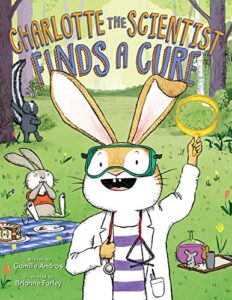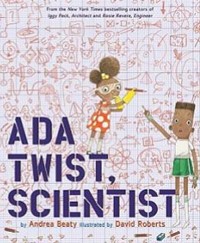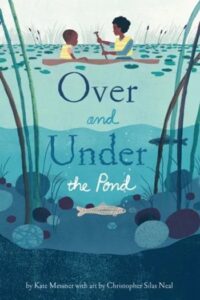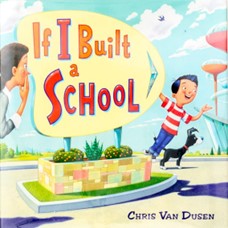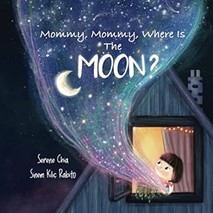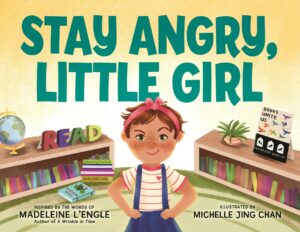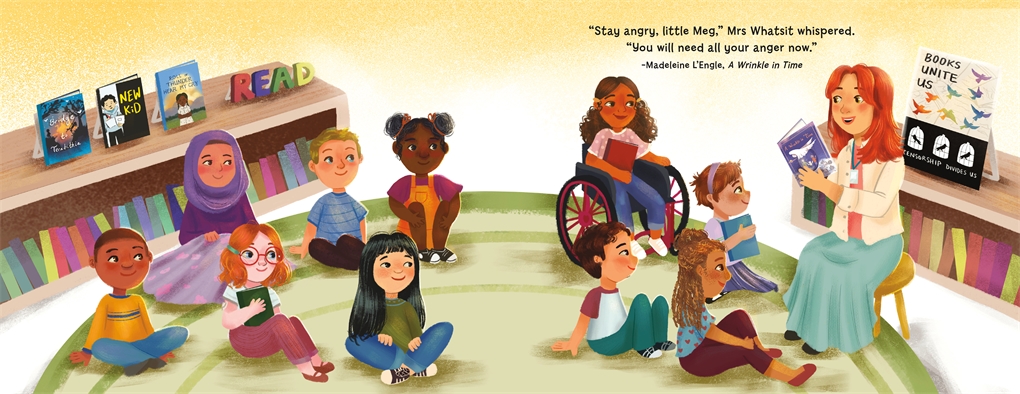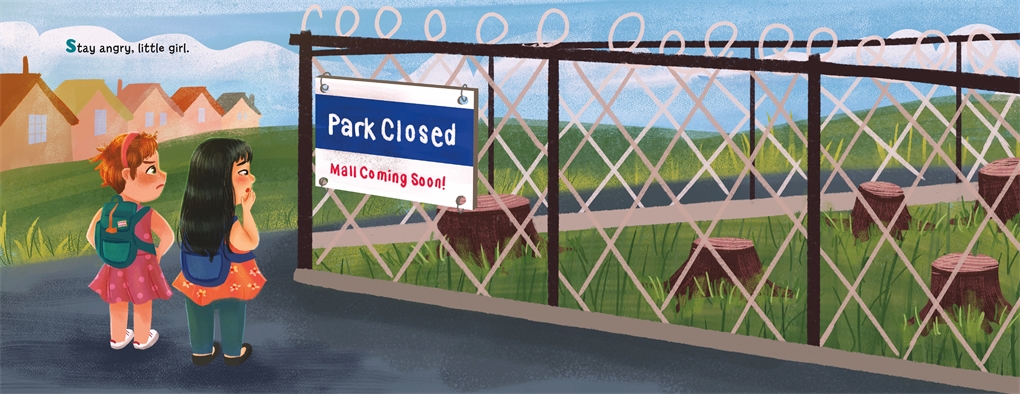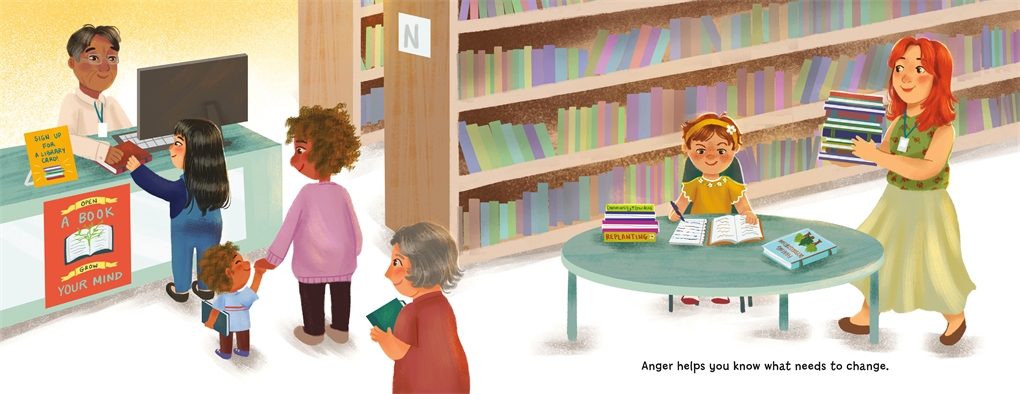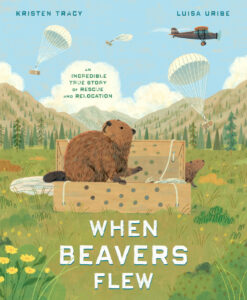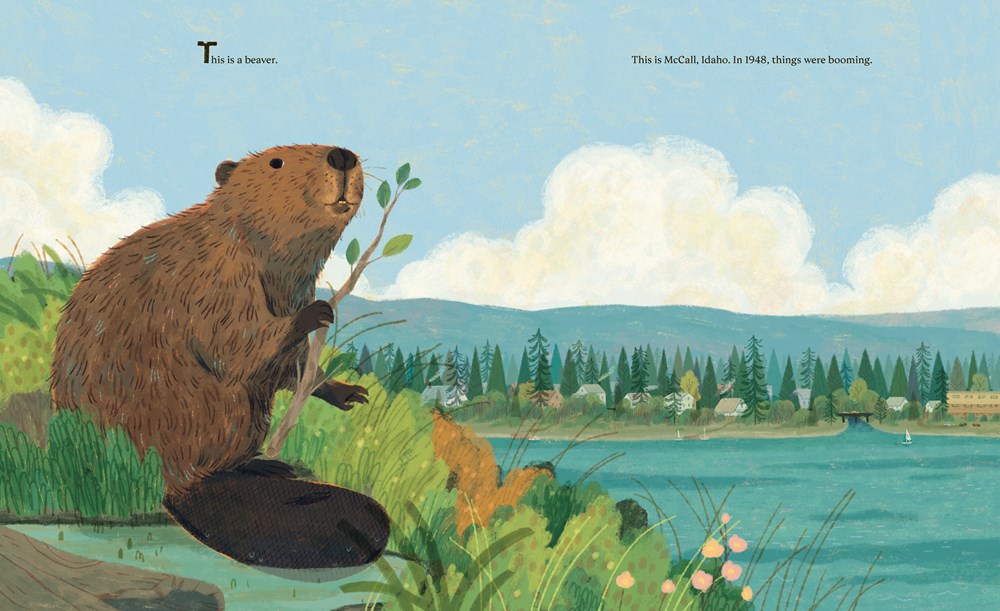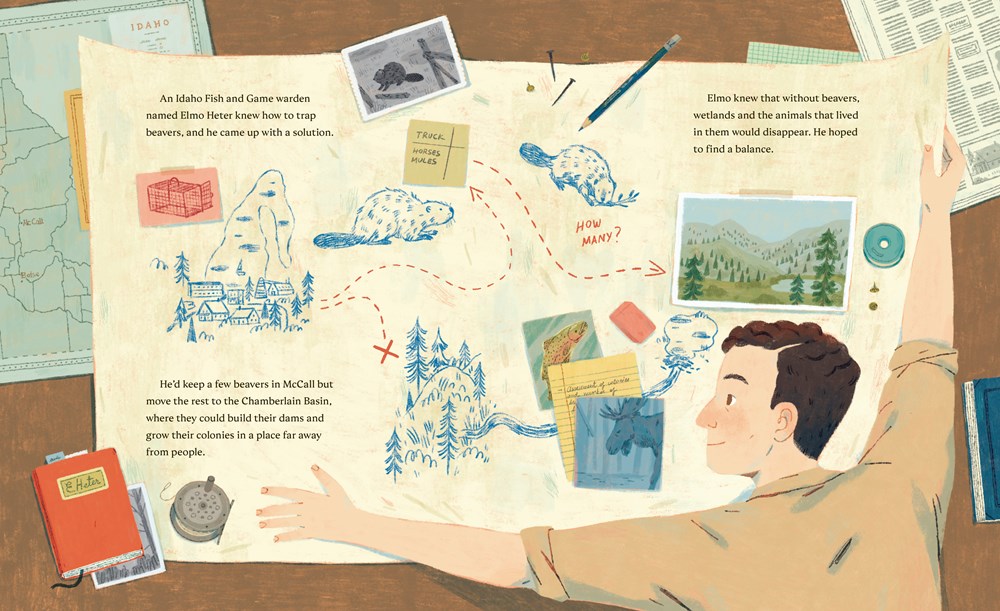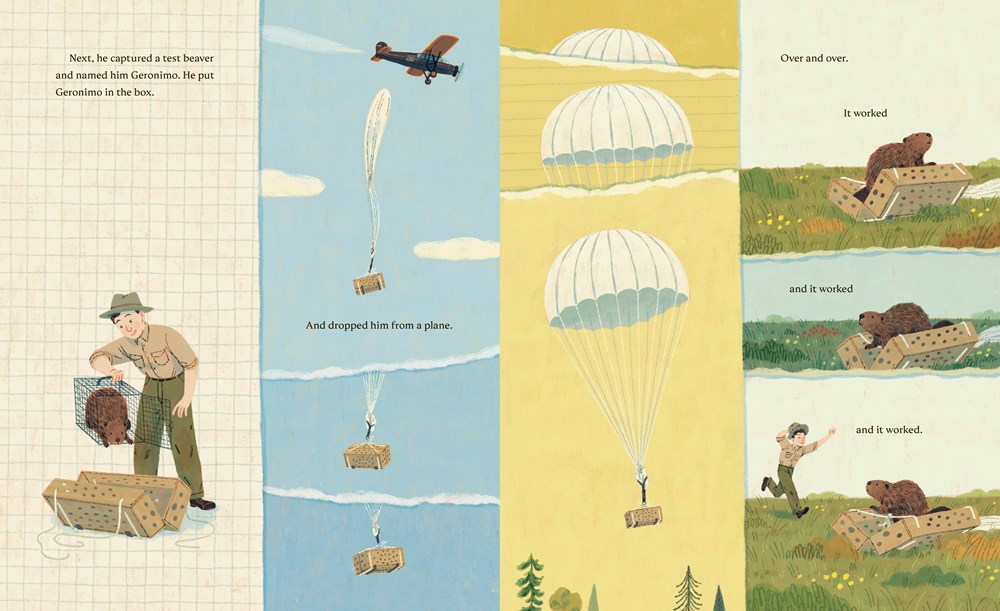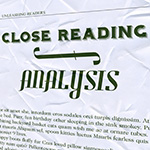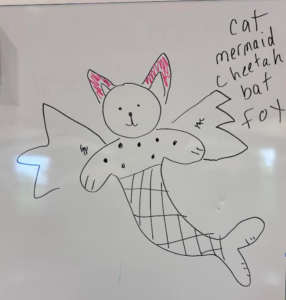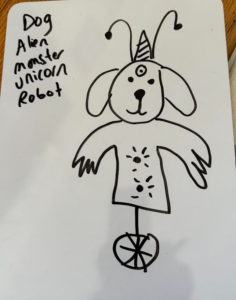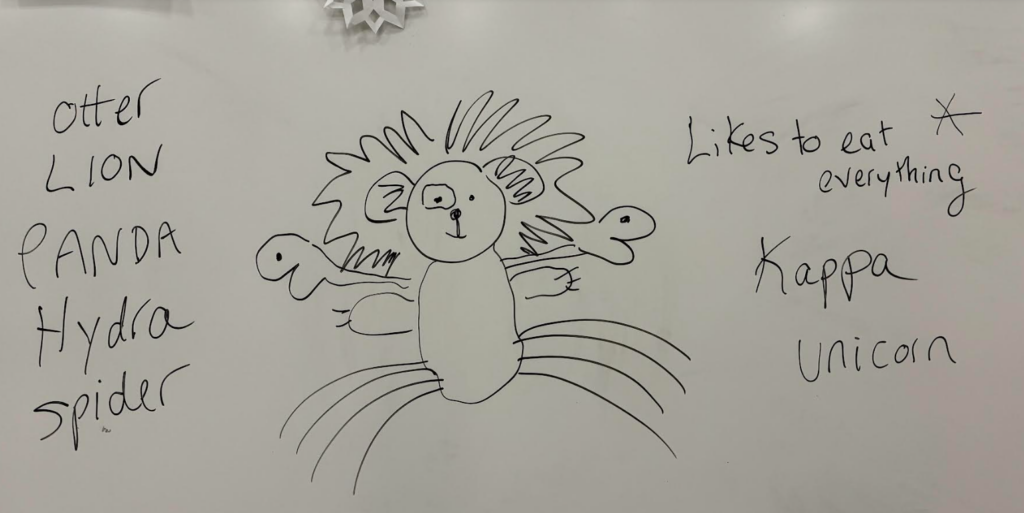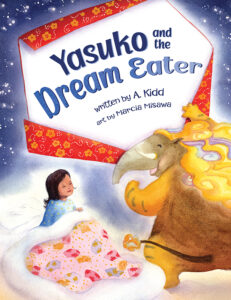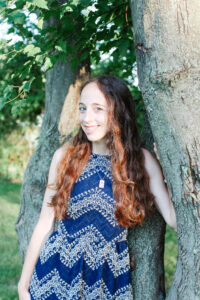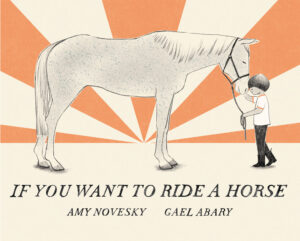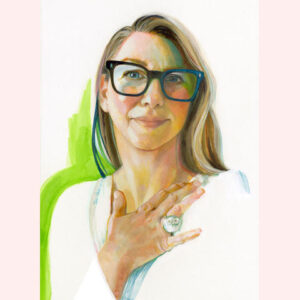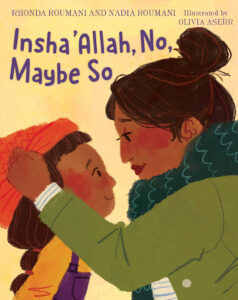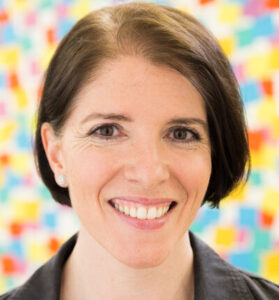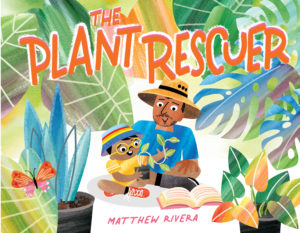“Integrating Storytelling with Science Education”
How do we use children’s picture books to spark our kid’s interest in science? As a children’s author and a fan of kids’ books, I’ve discovered that storytelling can be a magical tool to engage young minds. Combining stories with science is a great way to keep little ones excited about learning.
Here are 3 ways to start their scientific journey through the power of stories and child-led inquiry.
- Making Science Simple. Science doesn’t have to be complicated. Stories can make tricky ideas easy for kids to understand. In Charlotte the Scientist Finds a Cure, Charlotte’s journey to find out what is making the animals sick captures children’s interest and teaches them about the scientific method to ask questions and form a hypothesis. Charlotte’s determination and problem-solving skills are depicted in a way that children can easily grasp.
- Encouraging Curiosity. One of the best ways to teach science is through student-led inquiry. Encourage your students to ask questions and explore answers. In Ada Twist, Scientist, Ada’s relentless curiosity to find out what is causing a smelly smell drives the story, prompting kids to ask their own questions and seek answers. This book is fantastic for teaching children the value of persistence and inquiry in science.
Similarly, in If I Built a School, Jack’s imaginative ideas about what a school could look like encourage students to think creatively and ask “what if” questions. Jack’s wild ideas, like a library where books come alive, can inspire kids to dream big and explore how their own creative solutions could be realized. These books collectively show that curiosity is the starting point for scientific exploration.
- Mixing Different Subjects. Stories can seamlessly blend different subjects like science and reading. In Over and Under the Pond, the narrative combines scientific facts with beautiful storytelling, helping kids improve their reading while learning about nature. This multidisciplinary approach makes learning more interesting and helps kids see the connections between different subjects. It encourages them to think critically and creatively, integrating knowledge from various fields.
Recommended Books for Starting Children on Their Scientific Journey
Charlotte the Scientist Finds a Cure by Camille Andros
The story emphasizes the importance of family support in scientific endeavors, with Grandpa Bunny telling Charlotte, “Charlotte, you are going to make a real difference in the world.” My 3-year-old son loved the bunny family and the grandpa who wasn’t well, while my 6-year-old daughter was fascinated by finding out what was making all the animals sick. She learned new words like quarantine and experiment.
Ada Twist, Scientist by Andrea Beaty
This book encourages kids to start asking questions when they encounter problems. Ada’s journey to discover what was causing a stink in her house shows how persistent inquiry can lead to scientific discovery. The story highlights the importance of family support in encouraging curiosity and problem-solving.
Over and Under the Pond by Kate Messner
The book paints a beautiful picture of an afternoon spent exploring the ecosystem of a pond. Living in Singapore, we learned about animals we don’t have here, like the mink, moose, and American goldfinch. The illustrations, such as a view from above the trees looking down at the mother and son rowing their boat, add an immersive visual element that helps kids learn about different species and their habitats.
If I Built a School by Chris Van Dusen
This imaginative book follows a boy named Jack with the wildest imagination as he describes to his teacher, Miss Jane, how he would design a school. His ideas include puppies, a zoo, a robot that makes lunches, and hover desks that glide around. My kids especially loved the part where the library had books that came alive, like Jack and the Beanstalk, with a beanstalk that grew when you opened the book. This story sparks interesting discussions and encourages kids to think creatively about their learning environment.
Conclusion. Storytelling is a powerful tool for teaching science. It makes learning easy, fun, and engaging. You don’t need complicated setups to spark curiosity in your students. Use storytelling to create a rich, engaging learning environment. Books like Charlotte the Scientist Finds a Cure, Ada Twist, Scientist, Over and Under the Pond, and If I Built a School are excellent starting points. By incorporating these stories into your lessons, you can inspire the next generation of scientists and explorers!
Mommy, Mommy, Where is the Moon?
Author: Serene Chia
Illustrator: Sinem Kilic Rabito
Published June 3rd, 2022
About the Book: Few things in life are as precious as the bond shared between a mother and her daughter.
Kaitlyn loves spending her nights lying beside her mother as they search the sky for the Moon. Sometimes they find it. Sometimes they don’t! That doesn’t stop them from laughing and talking about cool moon facts like why it changes shape and hides sometimes. Like Neil Armstrong, Kaitlyn believes she can also fly to the Moon!
Beautifully illustrated and filled with inspiration, Mommy, Mommy, Where is the Moon is a must-read for every child.
Parents and educators, this book is great for:
IMPROVING PARENT-CHILD RELATIONSHIP – Engage your child and improve the parent-child relationship.
INTRODUCING SCIENCE AND STEM CONCEPTS – Introduce your child to science and STEM concepts in a fun and easy-to-understand way.
ENCOURAGING IMAGINATION – Encourages your child to dream big and use their imagination.
For a free lesson plan and activity sheets for preschoolers, visit serenechia.com/moon
About the Author: As a children’s author, Serene Chia has always been passionate about creating stories that educate and inspire young minds. Her book, Mommy, Mommy, Where is the Moon?, was inspired by her daughter’s fascination with the moon. One of their favorite things to do was to spend time looking for the moon every night. Sometimes they found it, other times they didn’t. Along the way, they pick up cool moon facts like why the moon changes shape and sometimes hides.
This book combines the warmth of a mother-daughter bond with bits of science sprinkled within. It also comes with a lesson plan for 6-year-olds, a read-aloud video, and coloring sheets that make it easy to incorporate into your home or classroom lessons. Visit serenechia.com/moon.
Website: serenechia.com
Instagram: instagram.com/serenechiaauthor
Thank you, Serene, for these science-focused activities and books!
